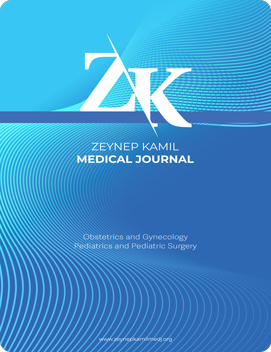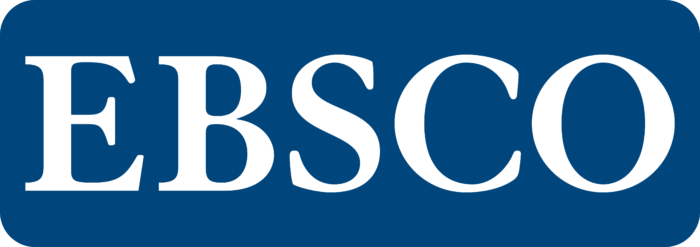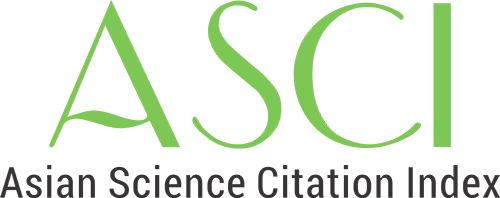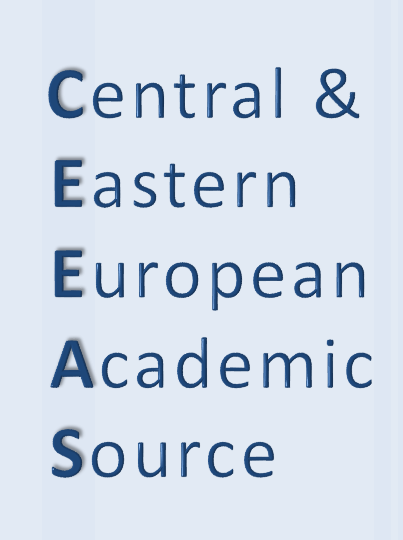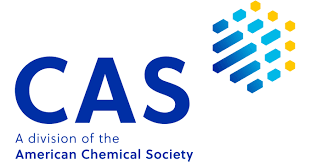Quick Search
Reference ranges of nasal bone length, pre-nasal thickness, and pre-nasal thickness-to-nasal bone length ratio in low-risk pregnant women: A retrospective and cohort study from Türkiye
Münip Akalın1, Merve Kara2, Emine Eda Akalın3, Koray Gök1, Gizem Kul1, Esra Esim Büyükbayrak11Department of Perinatology, Marmara University Pendik Training and Research Hospital, İstanbul, Türkiye2Department of Obstetrics and Gynaecology, Marmara University Pendik Training and Research Hospital, İstanbul, Türkiye
3Department of Obstetrics and Gynaecology, Bahçeşehir University Faculty of Medicine, İstanbul, Türkiye
INTRODUCTION: The aim of this study was to determine the reference ranges of second trimester nasal bone length (NBL), pre-nasal thickness (PT), and PT/NBL ratios of low-risk pregnant women in Turkish population.
METHODS: Pregnant women of 1628th gestational age who underwent ultrasonographic fetal screening between November 2021 and June 2022 were retrospectively analyzed. Fetuses with congenital malformations, high risk in antenatal screening tests, diagnosed with aneuploidy, and pregnant women of non-Turkish ethnic origin were excluded from the study. Fetuses were classified as ≤19+6 weeks, 20+020+6 weeks, 21+021+6 weeks, 22+022+6 weeks, 23+023+6 weeks, and ≥24+0 weeks. NBL, PT, and PT/NBL ratio was evaluated for each gestational age separately.
RESULTS: A total of 242 fetuses were included in the study. The mean NBL and mean PT increased with gestational age (6.42±0.65 at 20+020+6 weeks versus 7.65±0.79 at 23+023+6 weeks and 3.10±0.62 at 20+020+6 weeks vs. 3.55±0.63 at 23+023+6 weeks, respectively). Both NBL and PT were positively correlated with gestational age whereas the PT/NBL ratio was constant throughout the second trimester (PCC=0.81, p<0.001, PCC=0.56, p<0.001, and PCC=−0.07, p=0.255, respectively). The mean PT/NBL ratio in the second trimester was calculated as 0.46 (95% CI, 0.450.47, 5th p=0.35 and 95th p=0.62).
DISCUSSION AND CONCLUSION: The reference ranges for NBL, PT, and PT/NBL ratio may vary in different populations. Therefore, the use of population-specific nomograms may lead to higher success rates in Down syndrome screening.
Manuscript Language: English

